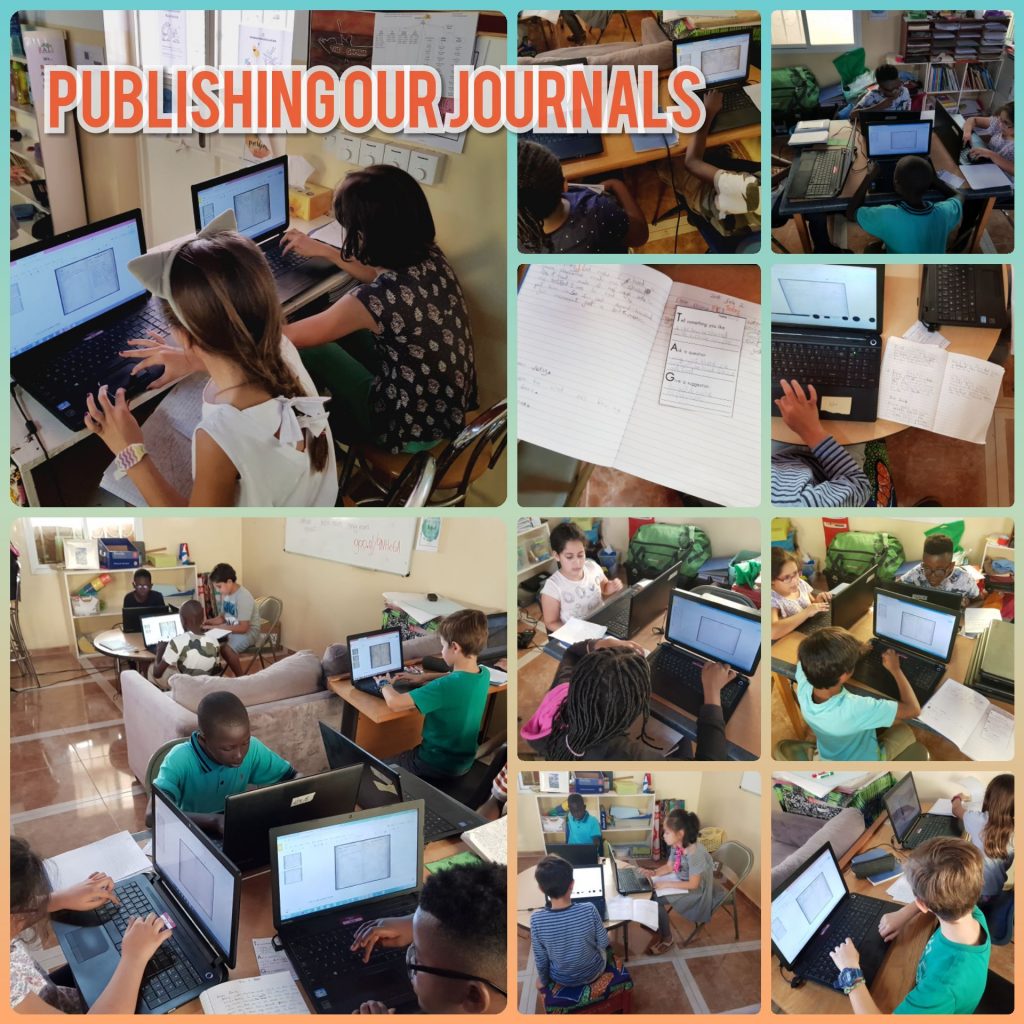We had to create our own seed dispersal adaption for a tree in the Arctic. When we were making the seed dispersal it was so fun because we had to draw a diagram of the seed pod. Then we had to make it and try testing it out to see if it worked or not. Then we had to write a whole paragraph telling the adaptations of it. I liked building it because I could visually see it working and testing it out because that would let me improve on it and make it work.
-JJ
We had to create our own seed dispersal adaptations for a tree in the Arctic. I liked mine because it was kind of hard to make but it was fun to make it also. When we had to describe it to Mr James, it was fun because I had a lot of adaptations on it and it was good. My first adaptation was that it had a protection around it that protected it from the cold. My second adaptation, the tree is not very big, it will drop from the tree and because there is a lot of wind, the wind will get under the wings and make it fly. My last adaptation is that when it lands it has skis on the bottom, so it goes even further. My last one is that when it stays too long in the water, and snow and everything goes on it, underneath it there is a piece of wood and with too much water it will break and disperse the seeds.
-Batiste









